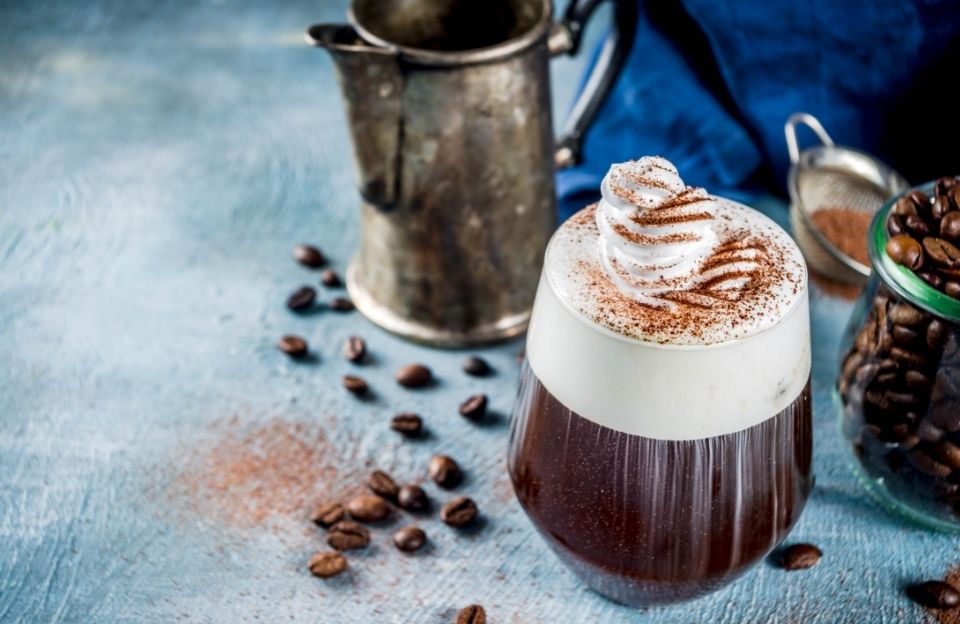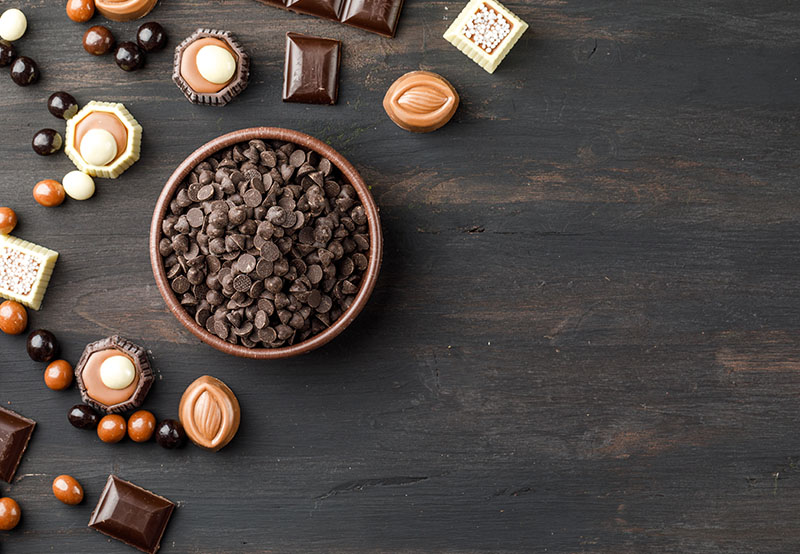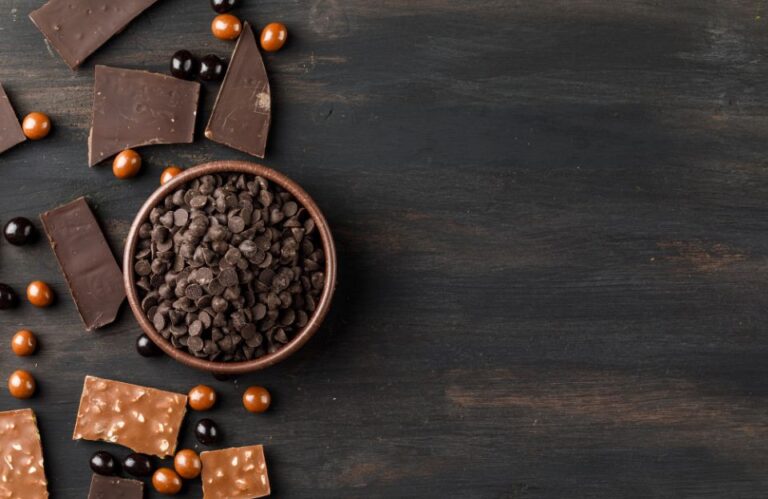Chocolate enthusiasts around the world often find themselves caught in a delectable dilemma: the choice between dark chocolate and milk chocolate. These two varieties offer distinct flavors and experiences, catering to different palates and preferences. In this article, we’ll delve into the unique characteristics of both dark and milk chocolate, examining their nutritional disparities, potential health advantages, and the factors that can guide your decision-making process.
Table of Contents
The Distinctive Traits of Dark Chocolate
Dark chocolate, known for its rich and intense flavor, exudes an air of sophistication. A key attribute setting it apart is its high cocoa content, which typically ranges between 70% and 90%. This elevated cocoa concentration contributes to its intricate and multifaceted flavor profile, characterized by bitter and earthy notes. While an acquired taste for some, enthusiasts of dark chocolate relish its tantalizing bittersweet allure.
Beyond flavor, dark chocolate boasts lower sugar content compared to its milk chocolate counterpart. This renders it an appealing option for those aiming to curtail sugar intake. Furthermore, dark chocolate contains antioxidants like flavonoids, associated with potential health benefits such as improved heart health and cognitive function. However, moderation remains essential due to its relatively high caloric density.
The Allure of Milk Chocolate
Milk chocolate, in contrast, offers a creamier and sweeter encounter that appeals to a broader audience. Its cocoa content typically falls within the range of 10% to 50%, incorporating milk solids, sugar, and sometimes vanilla. The outcome is a silky-smooth texture and a flavor that’s both reassuring and nostalgic. The augmented sugar content in milk chocolate contributes to its sweetness and accessibility, making it a favorite across all age groups.
Milk chocolate possesses the unique power to evoke emotions tied to happiness and celebration. From childhood reminiscences to festive occasions, its indulgent nature frequently invokes sensations of joy and contentment. Nevertheless, its heightened sugar and milk content imply that it might not extend the same potential health benefits as dark chocolate.
Nutritional Comparison
Let’s meticulously dissect the nutritional facets of these two chocolates. In terms of caloric content, dark chocolate generally offers fewer calories per serving due to its higher cocoa content. It also contains more healthful fats and fewer carbohydrates, contributing to its luscious texture. The antioxidants found in dark chocolate can bestow potential health advantages, including enhanced blood flow and reduced risk of heart disease.
Conversely, milk chocolate’s elevated sugar and milk content translate to more calories and carbohydrates. While it provides rapid energy, it lacks the same antioxidants that characterize dark chocolate. It’s worth noting that precise nutritional values can vary based on brand and ingredients.
Health Benefits of Dark Chocolate
The potential health benefits of dark chocolate stem from its antioxidant content. Antioxidants, like flavonoids, possess the ability to alleviate inflammation and shield cells from damage. The presence of these compounds in dark chocolate has been linked to improved heart health, enhanced blood circulation, and even potential mood elevation. However, it’s imperative to opt for dark chocolate with a higher cocoa content and consume it in moderation to harness these benefits.
Enjoyment and Pleasure of Milk Chocolate
While milk chocolate might not be as abundant in antioxidants, it boasts its own set of merits. Its velvety and supple texture provides an indulgent encounter capable of instantly uplifting spirits. The amalgamation of sugar and milk results in a sweet and reassuring flavor, often tied to rewarding oneself and embracing life’s small joys.
Milk chocolate’s versatility shines through in diverse desserts and confections, ranging from velvety hot chocolate to decadent truffles. Its capacity to harmonize with an array of flavors positions it as a staple in the culinary realm.
Culinary Applications
Dark chocolate’s intense flavor makes it a favored ingredient in baking and cooking endeavors. Its depth augments complexity in dishes, whether grated over a rich mousse or integrated into a savory sauce. The bitter undertones can harmonize sweetness in recipes, yielding well-balanced flavor profiles.
Milk chocolate’s creamy texture and sweetness render it perfect for crafting luxurious desserts. It melts seamlessly and blends effortlessly with other components, establishing its position as a cornerstone in cookies, cakes, and pastries. Its mild taste frequently takes center stage in timeless treats such as chocolate chip cookies and gooey brownies.
Considerations for Chocolate Aficionados
Ultimately, the choice between dark and milk chocolate is a matter of personal preference. Do you yearn for the bold intensity and bittersweet allure of dark chocolate? Or does the familiar comfort of milk chocolate’s sweetness beckon you? Your inclination may be influenced by various factors, including the occasion, your emotional state, and even your health aspirations.
For those seeking a treat laden with potential health advantages, dark chocolate might emerge as the preferred option. Conversely, if you’re after a delightful voyage into nostalgia and indulgence, milk chocolate is bound to capture your heart.
Expert Insights
According to esteemed chocolatier, Isabella Rossi, “Dark chocolate’s intricate flavor profile appeals to those with a penchant for depth and complexity. Its potential health benefits offer a compelling reason to indulge mindfully.”
Renowned culinary expert, Mark Anderson, asserts that “Milk chocolate’s smooth texture and familiar sweetness have an undeniable charm. Its ability to evoke cherished memories makes it a cherished choice.”
How to Make the Right Choice?
Navigating the choice between dark and milk chocolate requires an understanding of personal preferences and goals. Consider the flavor experience you desire, your health priorities, and the emotions you associate with each type of chocolate. Experimenting with both varieties can also provide valuable insights into your ultimate preference.
Dispelling Common Myths About Chocolate
As with any beloved food, myths and misconceptions abound. Let’s debunk a few common myths about chocolate:
1. Chocolate Causes Acne: There’s limited scientific evidence linking chocolate to acne. Skin health is influenced by various factors, including genetics and overall diet.
2. Dark Chocolate Is Bitter and Unappealing: While dark chocolate does possess bitter notes, it also offers a complexity of flavors that many find delightful.
3. Milk Chocolate Is Inferior: Milk chocolate’s charm lies in its sweetness and creamy texture. It’s not inferior, just distinct.
Savoring the Moment: The Joy of Chocolate
Whichever chocolate you choose, relishing the experience is paramount. Take time to engage your senses—observe the sheen, inhale the aroma, feel the texture, and savor the taste. Chocolate consumption can be an indulgent ritual that fosters relaxation and satisfaction.
Balancing Indulgence and Health
Balancing your love for chocolate with your well-being involves moderation. Enjoying a moderate portion of your preferred chocolate variety can provide both pleasure and potential benefits. Incorporate it into a balanced diet alongside other nutrient-rich foods.
Emerging Trends in the World of Chocolate
The world of chocolate is ever-evolving, witnessing innovative trends that cater to diverse preferences. From artisanal bean-to-bar productions to creative chocolate pairings with unexpected ingredients, the landscape of chocolate continues to intrigue and surprise.
In Conclusion
In the realm of chocolate, the choice between dark and milk varieties hinges on personal inclinations, culinary aspirations, and health considerations. Each chocolate has its own story to tell, its own pleasures to offer. Whether you opt for the deep and complex allure of dark chocolate or the comforting sweetness of milk












